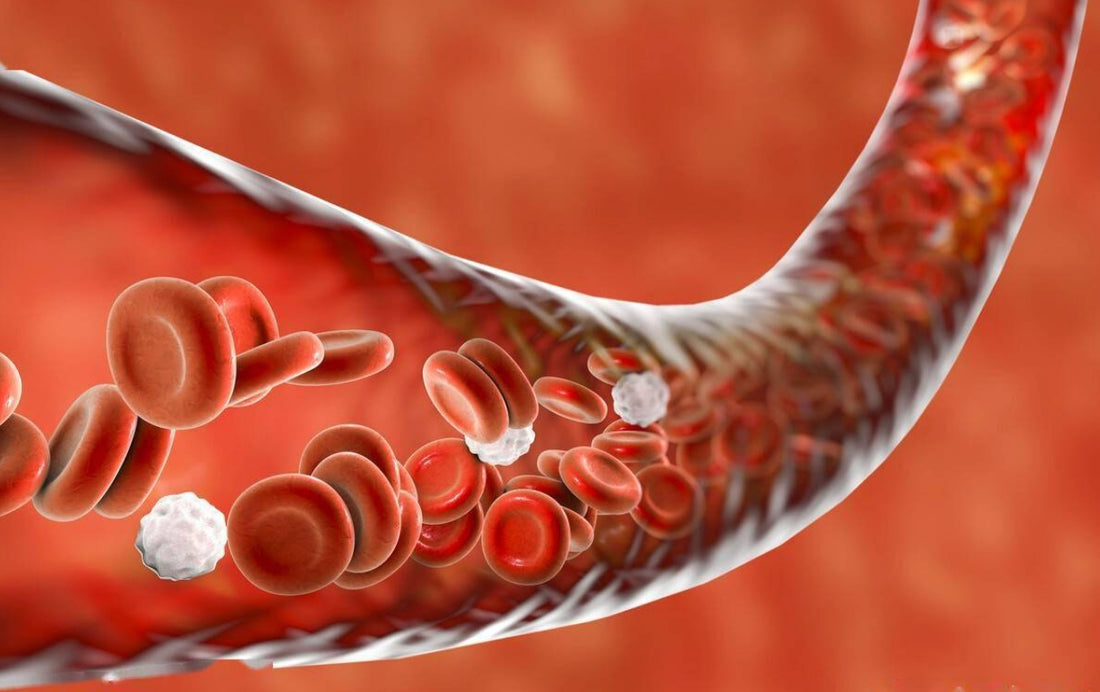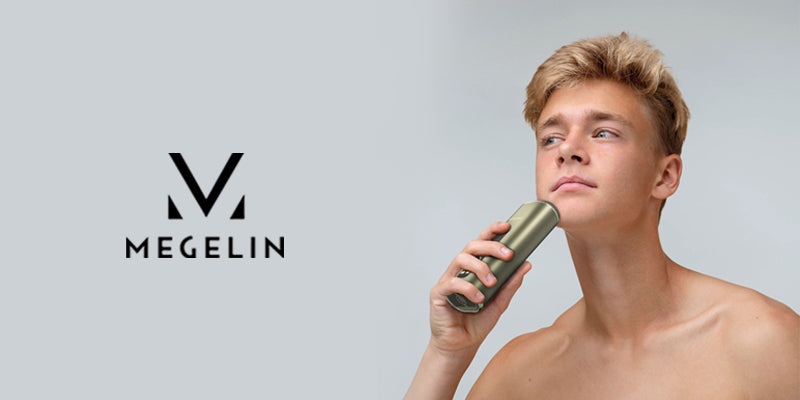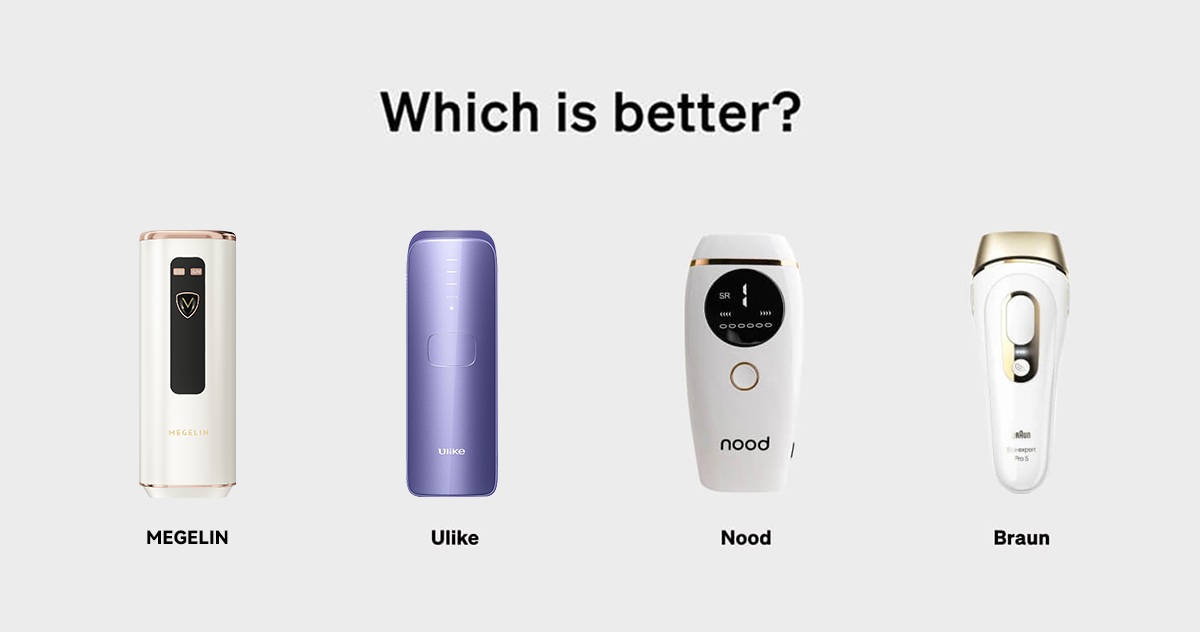
Can Red Light Therapy Really Aid in Weight Loss?|2024 Newest Reserach
megelinbeautyScientific Background of Red Light Therapy
Historical Use
In the 19th century, Danish doctor Niels Finsenused concentrated light therapy for skin tuberculosis (lupus vulgaris), achieving remarkable patient recoveries and the 1903 Nobel Prize.
The invention of lasers in 1960 by Theodore Maiman advanced light therapy, enabling precision treatments.
Later, in 1967, Endre Mester from Hungary invented low-level laser therapy, proving its efficacy in wound healing and skin cancer care.
Studies and Findings
Notable Research Studies
LLLT can reduce fat, cellulite, and improve blood health without major side effects. It's safe and effective but needs more evidence to prove its standalone effectiveness.
Combining red light therapy with exercise enhances fat loss, especially around the waist, hips, and thighs. The light breaks down fat cells for the body to use.
One study saw a slight waist reduction after six weeks of twice-weekly treatments, but without a comparison group, the results are weak. Another study found significant reductions in body measurements and better fat, insulin, and immune levels.
Downsides and risks
If you’re looking to try red light therapy, it’s important to know about some of its downsides and if there are any risks or not.
- Red light therapy weight loss Cost
The largest downside to red light therapy is its cost. Though it depends on where you’re located, a six-session package can range from $2,000–$4,000, making it financially unfeasible for most people. Therefore, the products of Megelin are good choices for those who want to have red light therapy anywhere, anytime.
- Is red light therapy safe
Red light therapy appears to be safe and isn’t associated with any side effects, at least, if used short-term and as directed. This therapy isn’t toxic, not invasive, and not as harsh as some topical skin treatments. Unlike the cancer-causing ultraviolet (UV) light from the sun or tanning booths, RLT doesn’t use this type of light.
- Can it cause cancer?
There is no evidence that red light therapy causes cancer. Red light therapy does not use ultraviolet rays, a form of radiation found in tanning booths and sunlight that can lead to skin cancer.
Conclusion
Red light therapy (RLT) has shown promising potential as a non-invasive method for weight loss and overall health improvement. Research highlights its ability to reduce fat, improve skin health, alleviate inflammation, and aid in muscle recovery. However, while RLT offers various benefits, conclusive evidence remains mixed, necessitating further research to fully understand its capabilities and limitations.
As we consider its potential role in wellness and fitness, it's crucial for individuals to approach RLT with realistic expectations and an understanding of its scientific basis. Continued scientific inquiry and robust studies will be vital to establish red light therapy as a valuable option in health and wellness practices, offering new possibilities for alternative and supportive treatments.









